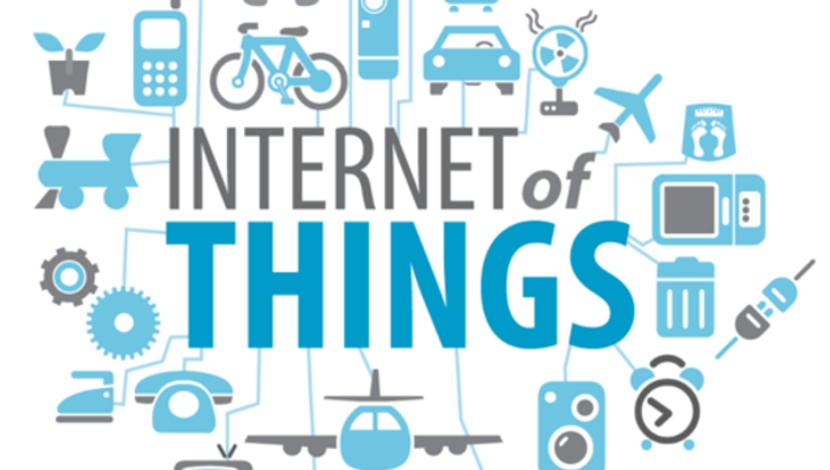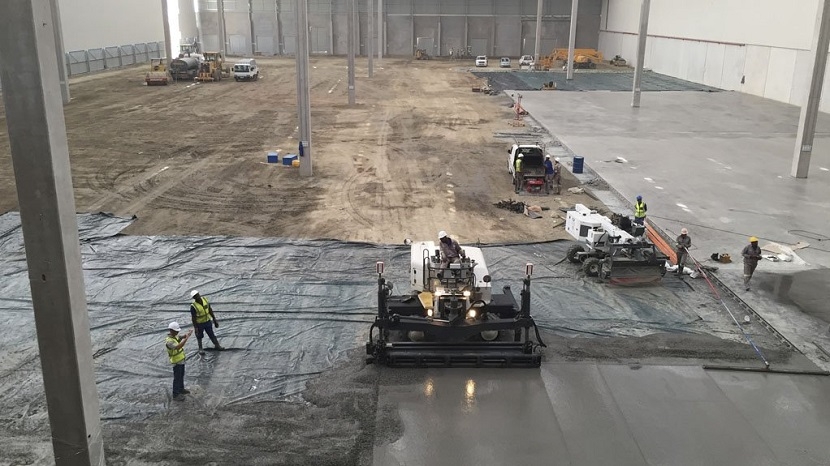

Internet of Things (IoT) technologies are one of the main drivers of change in sectors such as manufacturing, transport, utilities and smart cities, among others, and a key aspect of evolving smart cities in Africa, says information technology and data specialist multinational Hitachi Vantara CTO Hubert Yoshida.
The many relationships between different organisations, agencies, companies and people in IoT systems, as well as the many different interrelated and supporting elements of those systems, mean that increasingly open and accessible systems are required.
“Some companies will be focused on sensors, some on analytics [and] others on visualisation as part of an IoT platform and ecosystem. The start is data acquisition, cleansing it, associating it with other data and then protecting and securing it for further use. As we get more users and data, we will be able to do more on the platform.”
IoT platforms enable the development and deployment of products and services much more quickly and efficiently than otherwise possible. Organisations can work with partners, suppliers, vendors and users as direct participants to improve innovation, and cocreation enables demands to be met and products deployed in a more efficient and agile manner.
Flexibility
Open platforms facilitate the changes in the scope and speed at which services on IoT platforms are delivered and adopted, and provide the flexibilitythat make it possible for many different best-of-breed services and systems suitable for specific uses or industry contexts to be part of large-scale, and even society-spanning, IoT systems, he says.
“The key approach, as always, is to look at the data being produced by all the different stakeholders and how it can be better connected to provide more value. Specifically, the sharing of data between silos, whether internal silos or silos between various government departments or between different companies in supply chains, is crucial to enable the new systems to provide value for users and, consequently, the return on investment expected by participants,” Yoshida adds.
“Cities do not have to start with big projects and do not need to own the infrastructure. They should start by more effectively leveraging, linking and analysing the data that they have. “Connecting the data, and also making it available for use by other stakeholders, is a key way of facilitating value creation significantly beyond the costs of the systems, and thereby improving return on investment.”
However, specific objectives and business outcomes are crucial for the effective deployment and subsequent use of IoT platforms. Concerted efforts are required, as well as sustained demand for smart services and systems, to facilitate the broad transition of cities and societies to IoT and smart systems.
“Effective communication with a broad range of stakeholders will enable input on the architecture of the platforms. Also, users, whether cities or companies, should ensure that they use scalable systems and technologies,” concludes Yoshida.





